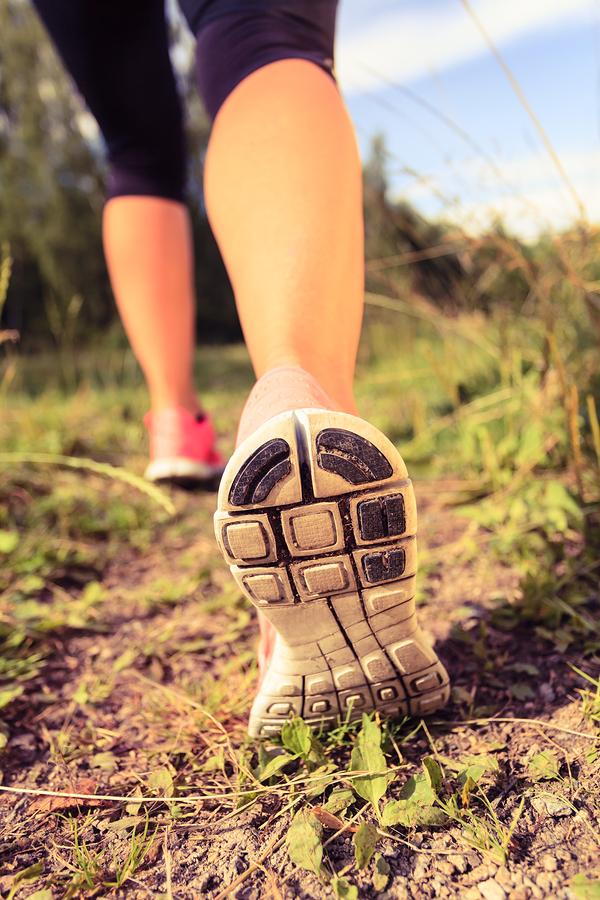Common Hiking Injuries and How We Can Help
- posted: Aug. 20, 2019
Hiking is a great physical pursuit that allows you to combine exercise with experiencing nature first-hand. For those who enjoy this activity,  however, staying safe is vitally important, and that is especially true when it comes to feet. Here at Idaho Foot & Ankle Associates in Boise, ID, your team of podiatrists is here to provide both novice and experienced hikers alike with information about the common hiking injuries that they regularly diagnose and treat:
however, staying safe is vitally important, and that is especially true when it comes to feet. Here at Idaho Foot & Ankle Associates in Boise, ID, your team of podiatrists is here to provide both novice and experienced hikers alike with information about the common hiking injuries that they regularly diagnose and treat:
Blisters
Studies have shown that blisters are the most common injury to affect hikers—after all, constantly being on your feet and wearing new, stiff shoes/boots that rub up against your ankles is a combination that often leads to these small, yet painful, lesions. Most of the time, blisters are easy to treat through simple cleaning and the application of antibiotic ointment and a padded bandage. However, if your blister shows signs of infection or isn't healing, contact your Idaho podiatrist.
Sprained ankle
Walking on uneven terrain or slippery rocks creates the looming possibility of a sprained ankle for all hikers. A sprain happens when the ankle turns beyond its normal flexibility and overstretches its ligaments. Your Boise podiatrist diagnoses sprains by three different degrees: mild sprains are considered first degree, moderate sprains are considered second degree, and severe sprains (designated by bruising, pain, and instability) are diagnosed as third degree.
Resting, icing, and elevating the sprain are important regardless of the degree, although you may need a compression wrap, a brace, or crutches if you have a more severe sprain.
Frostbite
More adventurous hikers may test their limits by hiking in cold, snowy weather. Although the sights can be breathtaking, patients should be well versed about the risk of developing frostbite. This injury occurs when skin is exposed to harsh cold, with the toes being at particular risk due to their distance from the body's core.
Wearing comfortable, well-fitted socks and shoes can help encourage proper circulation, and you should always make sure to change out of wet gear as soon as possible. If the toes become numb, stay dented in when pressure is applied, or develop a white, waxy appearance, cancel your hiking trip and seek emergency treatment immediately.
Concerned? Give us a call
To schedule an appointment with one of our podiatry team members, contact Idaho Foot & Ankle Associates in Boise, ID, today!
